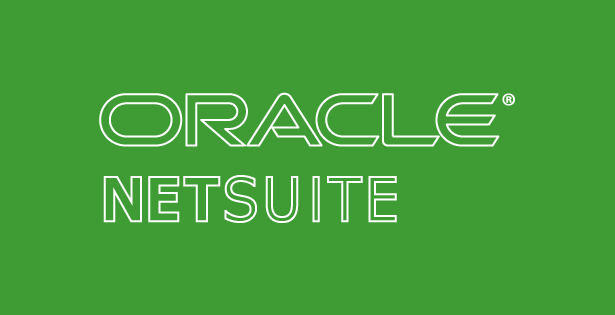Many companies are now discovering the flexibility of working remotely. For many of us, this has become part of our normal routines and it is what many are starting to expect. Work and meetings do not have to happen in an office to be successful, and meetings should be more than conference calls where many are multi-tasking.
Everything that most of us do on a regular basis can be done remotely. We can meet with employees, partners, clients, and customers in a virtual setting. Thanks to technology that exists today; meetings, reviews, workshops, presentations, trainings, all can happen remotely. IDC estimated that 72% of employees will be working remotely this year. That may seem to be a large number but think about the times that you have answered emails on your mobile device or taken a call while in the school pickup line.
72% of employees will be working remotely by 2020
IDC, “IDC Forecasts U.S. Mobile Worker population to Surpass 105 Million by 2020,” June 2015.
This is the world that we have. Working remotely is not new, it has been around for some time and many of us prefer to work from the library, coffee shop or home if we are trying to focus. Many see the office as a place full of interruptions, whether it is a colleague asking for assistance, overhearing another conversation or being asked to grab a cup of coffee. Working around others can be distracting for some employees.
Modern technology makes working remotely better than ever. Working from anywhere, anytime; editing documents and collaborating with others seamlessly in Office 365, entering into conversations and meetings with a click of a button, and sharing knowledge in an open workspace is all possible using Microsoft Teams.
Why don’t you work remotely?
Trust. Some of the questions going through your head are; How do I trust an employee that I do not see? How will they meet others on the team? How will they understand the organization’s traditions (beer-thirty, casual Fridays, dress-up days)?
Back in 2013, Yahoo banned the option of working from home. The decision here was that for Yahoo to remain relevant, employees had to communicate and collaborate. It was believed that the only way to accomplish that was to work next to one another. With technology today, you can be on a video call immediately with anyone, anytime, from any device. This allows an employee to be working in their home office, then quickly transition to the car to pick up their children.
What is Microsoft Teams?
Microsoft Teams is a productivity, chat, and collaboration app available as part of Office 365, the online Office suite of products, and as a standalone product. You don’t need Office 365 to use Teams, although some of its features will require you to download it. Microsoft Teams brings together chat, meetings, calling, and Office 365. And it’s built on the trust of Microsoft security & compliance.
Persistent 1:N & Group Chat
Microsoft Teams solves for the communication needs of a remote workforce. You can use Teams for informal 1:1 or group chats. Or you can have an open conversation on a Team channel. This enables people to share information in a transparent way to accelerate decision making.
Powerful Online Meetings
With Microsoft Teams, you can follow conversations with where people are. Quickly jump into a chat or into the team, you can communicate effectively. It doesn’t matter if it’s a team of 2 or 2,000, team members can move from a chat or team channel conversation to a face to face meeting or group call by using the meet now functionality.
Enterprise Calling & Voice
For many, the primary collaboration interface is calling. Microsoft Teams calling features are tailored to calling-centric teams and users. This includes; call delegation and transfer, call queues, group call pick up, organization auto attendant, and voicemail.
Built-in Office 365 Apps
Collaboration is key. Office integration (from any platform) enables today’s multigenerational and remote workforce to use the Office apps they are familiar with – Word, Excel, PowerPoint, OneNote, SharePoint, Planner, even Power BI.
Microsoft Teams is available both as a standalone application you can download, and as a web app you can log into with your Microsoft account and use with any browser. It allows you to share files through OneDrive or SharePoint and chat with members of the Teams you belong to.
How Microsoft Teams can help
Microsoft Teams is available for free from Microsoft or included with an Office 365 subscription. You’ll need a Microsoft account to register as part of Teams or to log in. With COVID-19 (coronavirus), you may be hearing of larger organizations encouraging their employees to work remotely. This technology is making it all possible. With Microsoft Teams, you are now able to meet, communicate, and collaborate in a single platform. Teams is now available for free for 6 months.
Learn how RSM is helping with COVID-19 response with our COVID-19 Resource Center.
Adopting a new technology can be challenging given the quick turnaround that may be needed if you are not prepared for remote working. Microsoft has updated its guidance for supporting remote workers using Microsoft Teams. The good news is, if you already have Office 365, you already have Microsoft Teams.
Adoption is important for any new technology and RSM can help with your Teams implementation.

 RSMUS.com
RSMUS.com



